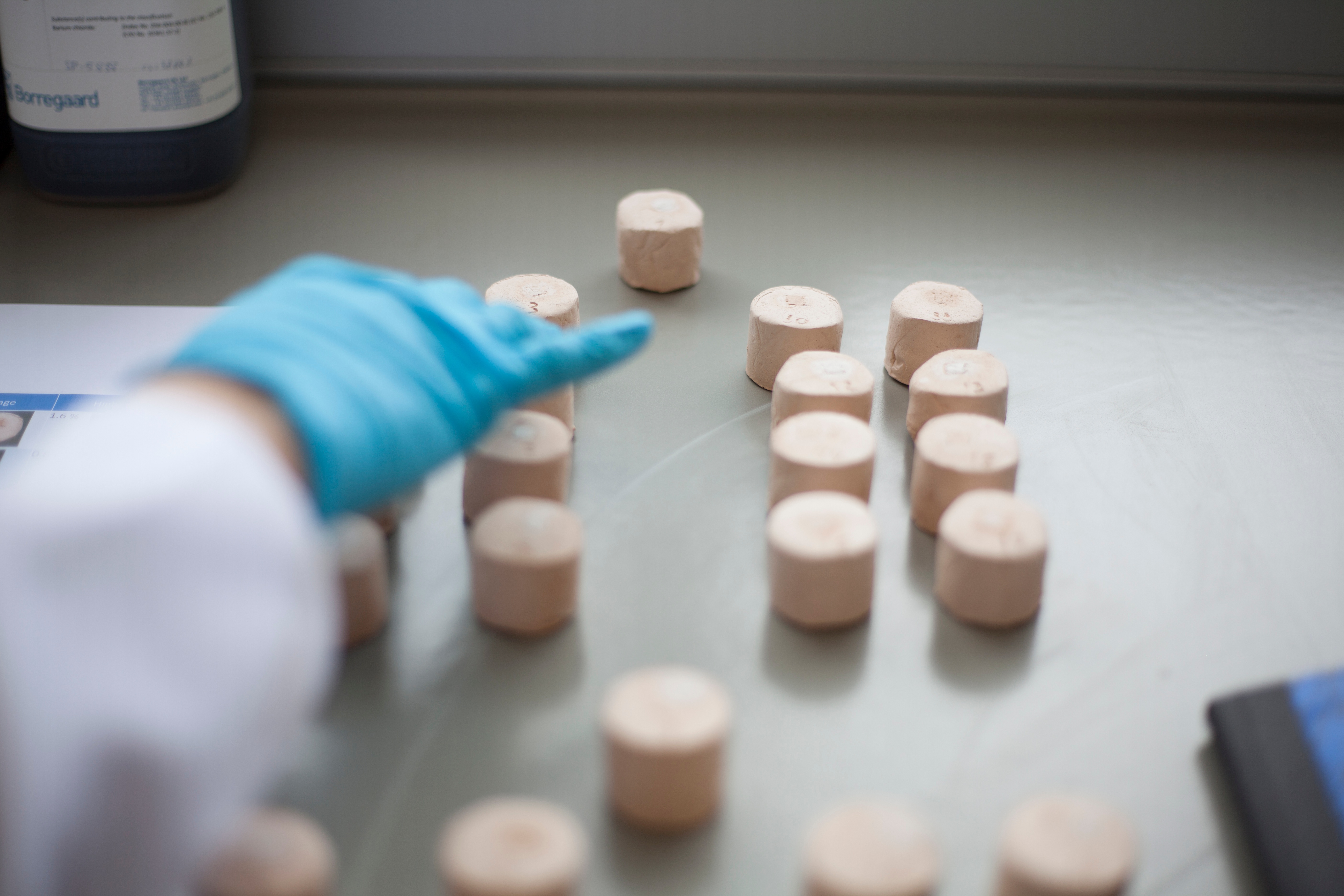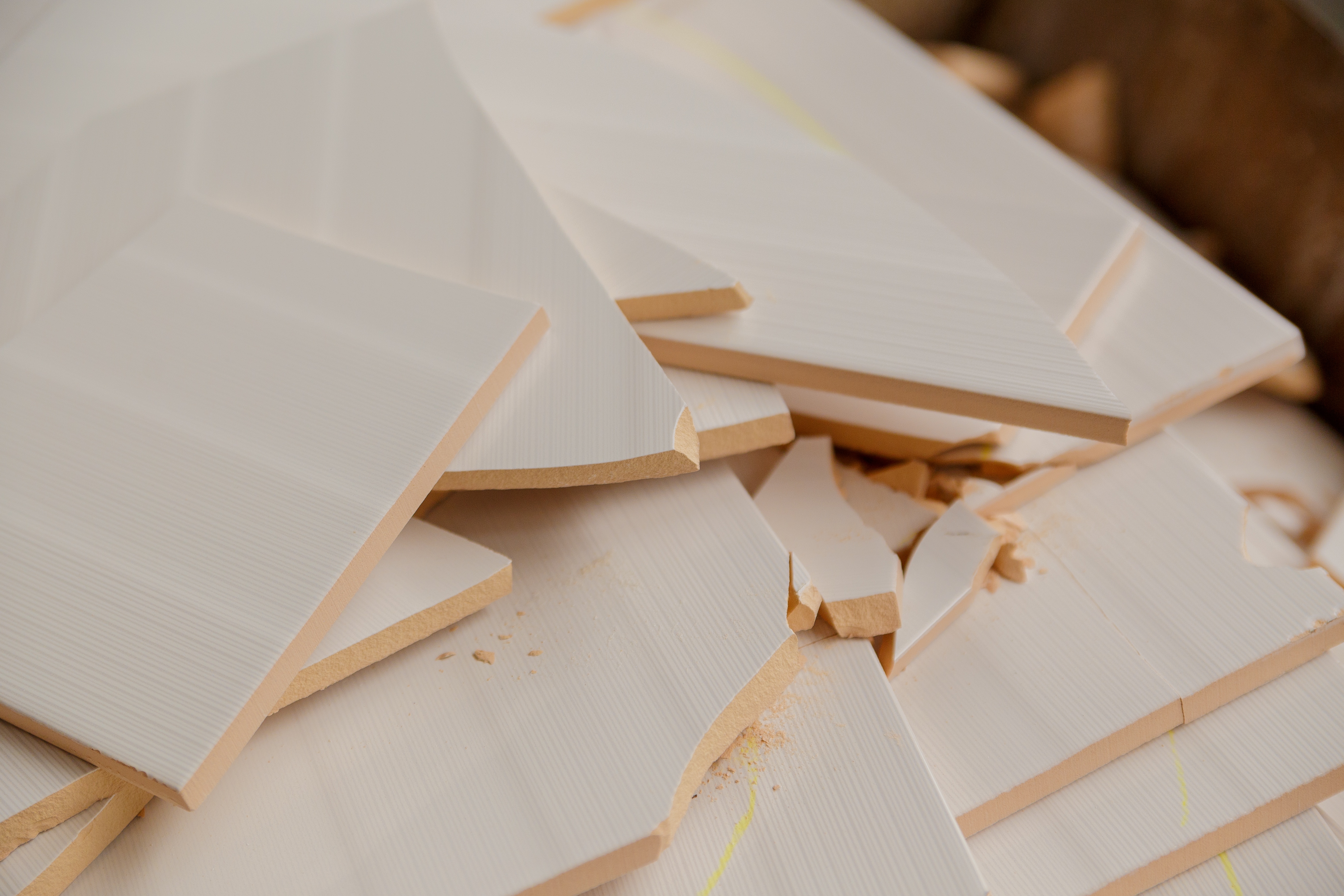Tile sizes have been increasing lately not only because large tiles have become a trend, also because of the improvement in the technology that allows to make these tiles. In some of our blog posts we already talked about trends in the market and about avoiding breakage in large tiles but, how big can a tile reach to be?
Yaiza Paños
Recent posts
Temaer: Question of the month, Decorative, large tiles
Why does an efflorescence appear?
In chemistry, efflorescence is defined as the migration of a salt to the surface of a porous material, where it forms a coating. The essential process usually involves the dissolving of an internally held salt in water. The water, with the salt now held in solution, migrates to the surface, then evaporates, leaving a coating of the salt. These efflorescent salt deposits tend to appear at the worst times, usually about a month after the building is constructed, and sometimes as long as a year after completion.
Temaer: Structural
The video underneath shows an Indonesian factory producing large porcelain tiles. These white body tiles measure 120cmx60cm and, as you can see, due to its large size and thinness, they break easily during the production process, especially in those plants where layout imposes direction and/or level changes. Breakages and cracks are usual and happen for several reasons. The good news is that there are also various ways to deal with them. In the video, adding additives was the most effective way to mitigate this breakage rate.
Temaer: Decorative
Welcome to the improvingceramics.com blog, brought to you by Borregaard. This is your weekly update on ceramic manufacturing tips and trends. With this blog we aim to share our knowledge regarding ceramic process optimization. Here you will find articles that will help you solve the issues you might find during your production process, as well as keeping you informed about some of the trends, curiosities and latest news in the ceramic world.
Temaer: Other






